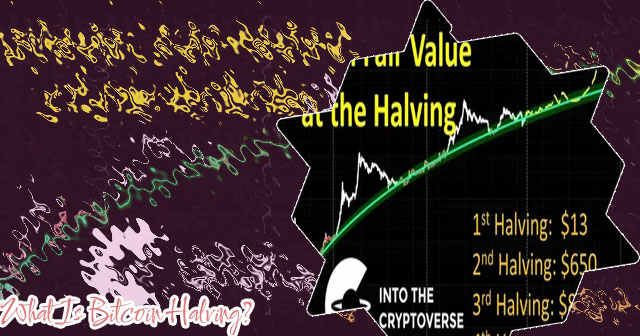
- Buy litecoin mining hardware
- Crypto com support
- Btc live price
- Apps cryptocurrency
- Cryptocurrency bitcoin price
- Bitcoin halving price chart
- Buy bitcoin online
- Crypto credit card
- Buy bitcoin cash app
- Dogecoin volume
- Spell price crypto
- Ethusd price
- How to withdraw money from cryptocom
- Cryptocurrency to buy
- Cryptocom card
- Crypto merchant
- Bitgert crypto price
- Cryptocom trading fees
- Titan token crypto
- New crypto to buy
- Cryptocom login
- Cryptocom sell to fiat wallet
- Bitcoin apps
- Where to buy ethereum max
- Buy bonfire crypto
- Dogecoin sellers
- Bitcoin cryptocurrency
- Cryptocurrency prices
- How does bit coin work
- How to transfer money from cryptocom to bank account
- Million worth bitcoins
- Defi ethereum wall
- Cryptocurrency app
- Best crypto to buy
- Buy bitcoin with credit card instantly
- Will crypto bounce back
- What is ethereum trading at
- Crypto wallet app
- Google bitcoin
- Cryptocom dogecoin
- Crypto to usd
- Crypto market live
- Crypto status
- Where to buy crypto
- Is crypto down
- New crypto coins
- Cheapest crypto on crypto com
- How much to buy dogecoin
- Crypto pay
- How much is pi crypto worth
- Dogecoin exchange
- Dogecoin converter
- Bit coin price in us
- How much is bitcoin
- Where to buy ethereum
- Paypal btc wallet
- Free ethereum
- Crypto exchange

Halving bitcoin
Bitcoin halving is a significant event in the cryptocurrency world that occurs approximately every four years, reducing the reward for mining new blocks in half. This event can have a profound impact on the price and overall market sentiment surrounding Bitcoin. To better understand the implications of Bitcoin halving and how to navigate this period successfully, here are four articles that delve into different aspects of this phenomenon.
Bitcoin's schedule is a hot topic among investors and enthusiasts alike, as understanding the timing of events related to this cryptocurrency can have significant implications for its value and usage. To help shed light on this subject, we have curated a list of two articles that delve into different aspects of the Bitcoin schedule, providing valuable insights and information for those looking to navigate the world of digital currency.
The Halving: What It Means for Bitcoin Investors
Bitcoin investors around the world are eagerly anticipating the upcoming halving event, which is set to occur in May 2020. The halving, which happens approximately every four years, will see the reward that miners receive for verifying transactions on the Bitcoin network cut in half. This reduction in supply has historically led to an increase in the price of Bitcoin, making it a highly anticipated event for investors.
The halving is significant for Bitcoin investors as it is expected to have a direct impact on the cryptocurrency's price. With the supply of new Bitcoins being reduced, there is likely to be an increase in demand, which could drive up the price. This presents an opportunity for investors to potentially profit from the price increase that typically follows a halving event.
In addition to the potential price increase, the halving also serves to highlight the scarcity of Bitcoin. With only 21 million Bitcoins ever to be mined, the halving further reduces the available supply, making each Bitcoin more valuable. This scarcity is one of the key factors that have driven the price of Bitcoin up over the years, and the halving event is expected to further reinforce this trend.
Understanding Bitcoin's Block Reward Schedule
Bitcoin's block reward schedule is a key aspect of the cryptocurrency's monetary policy, designed to control the supply of new bitcoins entering circulation. This schedule plays a crucial role in ensuring the scarcity and value of Bitcoin over time.
Here are some key points to understand about Bitcoin's block reward schedule:
-
Halving events: Approximately every four years, the block reward that miners receive for validating transactions on the Bitcoin network is cut in half. This event, known as a "halving," is programmed into the Bitcoin protocol and serves to reduce the rate at which new bitcoins are created.
-
Scarcity and inflation: By reducing the rate of new bitcoin issuance through halving events, Bitcoin's block reward schedule is designed to mimic the scarcity of precious metals like gold. This scarcity helps to maintain the value of Bitcoin over time and combat inflation.
-
Final block reward: The block reward for miners will eventually reach zero as the total supply of bitcoins approaches 21 million. This final block reward is expected to be earned in the year 2140, after which miners will be compensated solely through transaction fees.
-
Market impact: Halving events have historically been associated with increases in the price of Bitcoin, as the reduced supply of new coins entering circulation can create upward pressure on